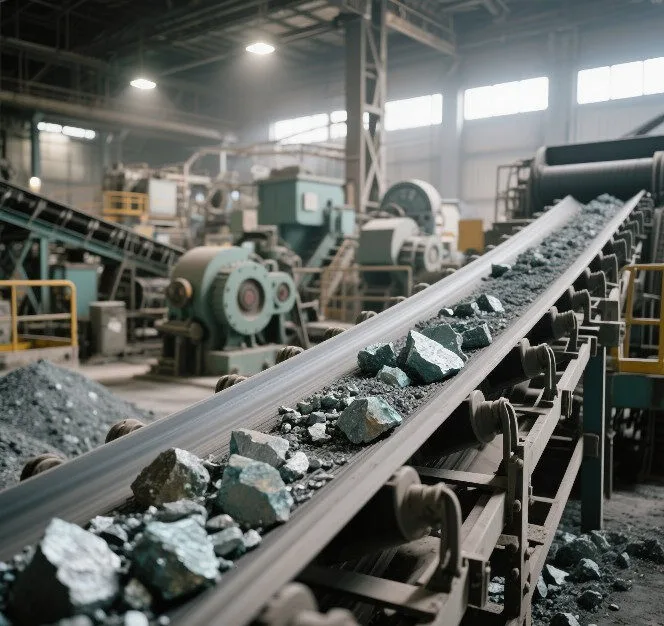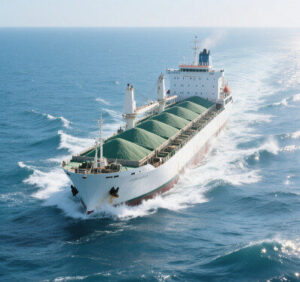From January to July of 2025, China’s imports of phosphate rock experienced a substantial decrease, totaling 889,000 tons. This represents a year-over-year reduction of 20%. The data indicates a significant decrease in import volumes, particularly in July, which decreased to 119,700 tons—a month-on-month decrease of 54% compared to June’s 217,900 tons. The Middle East, particularly Egypt and Jordan, continued to be the primary import source, contributing the majority of shipments. This trend is indicative of evolving supply chain dynamics and market uncertainties.
Key Drivers Behind the Decline
The main factor driving this reduction is the policy uncertainty surrounding China’s phosphate fertilizer exports. Downstream companies, concerned about potential regulatory shifts, have scaled back procurement in an effort to mitigate risks. This cautious strategy is in line with the industry’s sensitivity to evolving export policies, which directly impact the demand for raw materials. Market participants anticipate clearer policy guidance to stabilize import volumes in the coming months.
Price Dynamics and Grade-Specific Trends
In July, the average import price of phosphate rock was $97 per ton, though this price varied significantly based on origin and quality. Egyptian ore (26-27% phosphoric anhydride) maintained stability at $80-85/ton CFR China, while high-grade Syrian ore (30% phosphoric anhydride) faced limited transactions due to suppliers’ firm pricing strategies. In contrast, the Indian market experienced premium pricing, with Egyptian 30% ore offered at approximately $120/ton CFR and Syrian high-grade ore expected to trade at similar levels. In the current market, Middle Eastern mid-to-low grade ores continue to offer a competitive cost advantage, while high-grade materials remain subject to negotiations.
Concentrated Import Sources and Regional Distribution
In July, Jordan emerged as the leading supplier, shipping 50,200 tons. Peru and Pakistan followed closely behind, with 48,800 and 14,700 tons shipped, respectively. Collectively, these three countries accounted for 96.2% of total imports, underscoring China’s reliance on a concentrated supply base. Domestically, Hubei Province led imports with 50,700 tons, leveraging its status as a major phosphate processing hub. Zhejiang (45,200 tons) experienced advantages due to its port logistics, while Guangxi imported 6,300 tons. This regional disparity highlights differences in industrial specialization and supply chain infrastructure.
Market Outlook: August-September Projections
Industry forecasts indicate that phosphate rock imports will stabilize within the range of 100,000 to 150,000 tons per month through August and September. This projection is supported by seasonal demand for autumn fertilizer production and elevated operating rates among fertilizer manufacturers. Despite persistently high domestic ore prices driven by supply-demand imbalances, imported material remains cost-competitive, offering manufacturers a viable alternative. However, sustained import volumes will hinge on policy clarity and market sentiment regarding export regulations.
Implications for the Global Phosphate Network
China’s recent contraction in imports has had a significant impact on global suppliers, creating a ripple effect that extends beyond the immediate economic landscape. While Middle Eastern exporters maintain a leading position, overreliance on concentrated sources exposes the supply chain to significant geopolitical and regulatory risks. If policy uncertainties persist, diversification efforts, potentially towards Peru or other non-Middle Eastern suppliers, may gain traction. Price differentials between regions (e.g., China vs. India) underscore the importance of market segmentation and highlight the need for a nuanced understanding of demand variations across key economies.
In conclusion, China’s phosphate rock import trends in 2025 reflect a complex interplay of policy uncertainties, cost dynamics, and supply chain concentration. While short-term volumes are expected to stabilize, long-term sustainability hinges on regulatory clarity and diversification strategies to mitigate risks inherent in reliance on limited sources.
—









